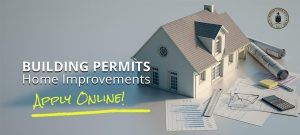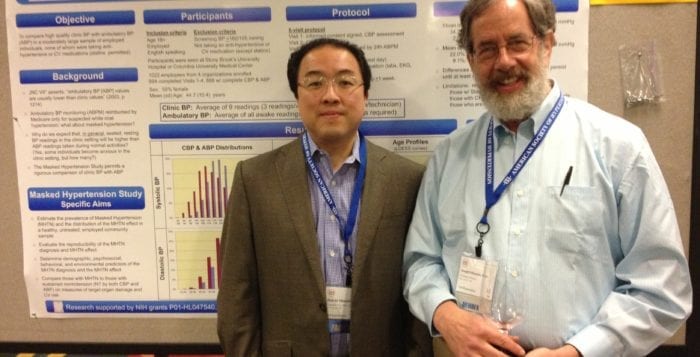The Town of Smithtown Building Department has officially launched an online system to make life easier for residents and their contractors. This major step forward in modernizing online services will allow for homeowners to now apply for building permits online for a variety of home repairs and improvements, making the process faster, more efficient, and more convenient than ever before.
“This marks the beginning of our next major step in digitizing town services, making it easier for residents to access permits, registrations, and records without disrupting their busy schedules. Home renovations and essential improvements can be stressful, and our goal with this new online permit system—available to both homeowners and contractors—is to simplify the process and save valuable time. We’re excited to continue expanding our digital services in the coming weeks, bringing even more convenience to our community,” said Smithtown Town Supervisor Edward R. Wehrheim.
This new digital application system allows residents to easily submit permit requests, track their status, schedule inspections, and manage their permits—all from the comfort of home.
“Smithtown’s new online permitting system is a game-changer for homeowners and contractors—cutting red tape, saving time, and making home improvements easier. This is just the beginning of our push to digitize town services, giving residents quick, hassle-free access to permits and records. We’re excited to keep expanding digital services and bringing even more convenience to our community!” said Councilman Tom McCarthy, Liaison to the Building Department.
“This new online permitting system gives a cutting edge advantage to Smithtown homeowners and contractors. We’re committed to streamlining processes, reducing red tape, and making home improvements easier and more accessible for our residents,” added William White, Buildings Department Director.
 Residential Projects Now Available for Online Permit Applications:
Residential Projects Now Available for Online Permit Applications:
-
Accessory Structures (Carport, Detached Garage, Gazebo, Outdoor Kitchen, Sport Court)
-
Air Conditioning/Heating Unit/HVAC
-
Decks & Porches
-
Demolitions
-
Electric Only
-
Fences
-
Fireplaces/Stoves
-
Garage Conversions
-
Gas Conversions
-
Gas Pressure Test Only
-
Generators
-
Outside Basement Entrances
-
Plumbing Only
-
Sheds (over 144 sq.ft. and 12’ tall or any size shed that requires zoning relief)
-
Solar Panels
-
Swimming Pools & Hot Tubs (Above Ground, Concrete, Inground)
-
Tank Installations/Removals
Residents and contractors can begin the application process by visiting https://citysquared.com/#/app/
First-time users will be prompted to register for an account. It is recommended to use the formal name and contact information on file with the Township to ensure a smooth process.
Once a permit has been issued, users can:
- Track application status
- View property details, certificates, and GIS information
- Schedule inspections
- Pay permit fees online
- Access all necessary documents with one click
Individuals may still visit the Town of Smithtown Building Department for their permitting needs. The new online system is merely an addition to help save time, energy and streamline efforts to fast-track the paperwork necessary to file for the building permits, required by law. For assistance with the online application process, residents and contractors can contact: Theresa Mahon at [email protected]
For more information, call 631-257-6080
Stay tuned for future updates as the Town of Smithtown continues working toward bringing all residential and commercial applications online.







